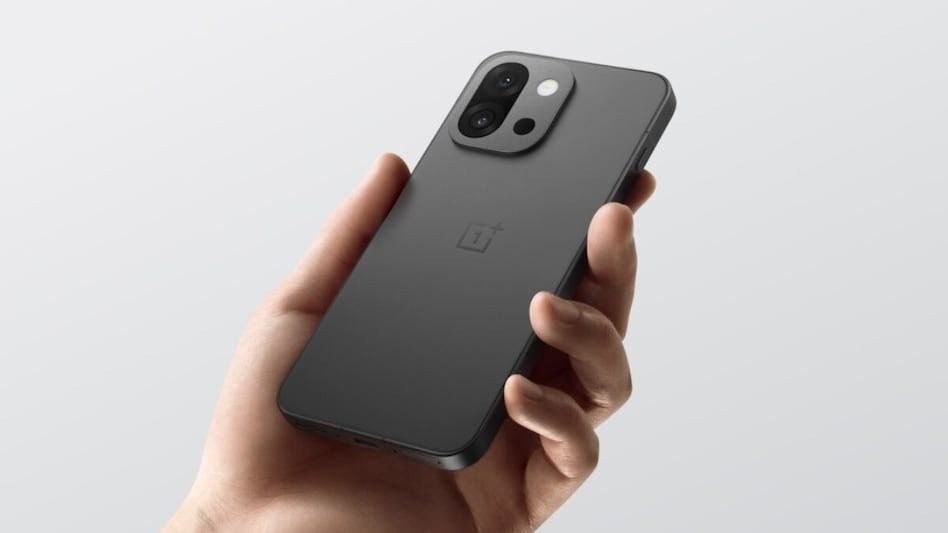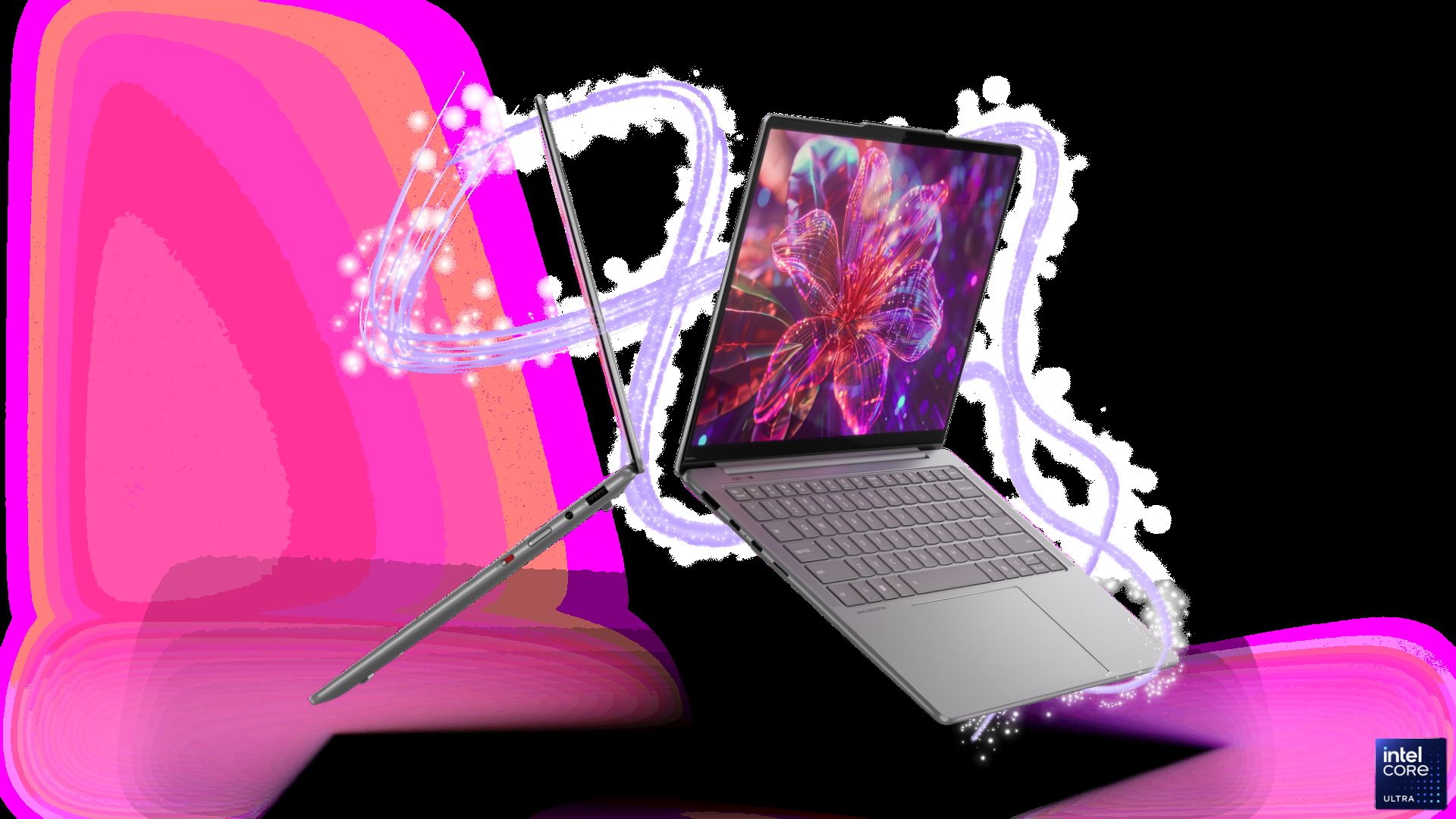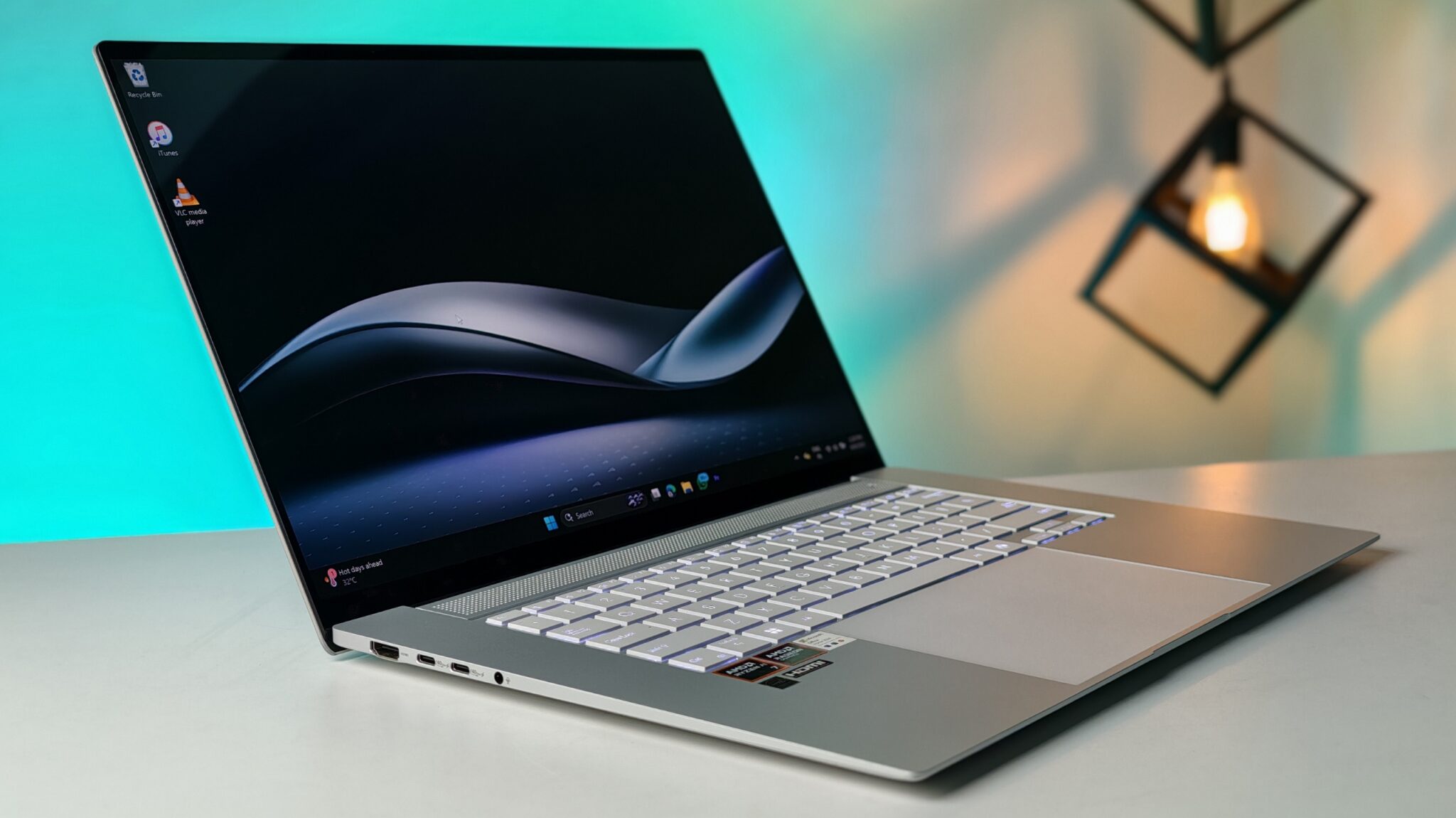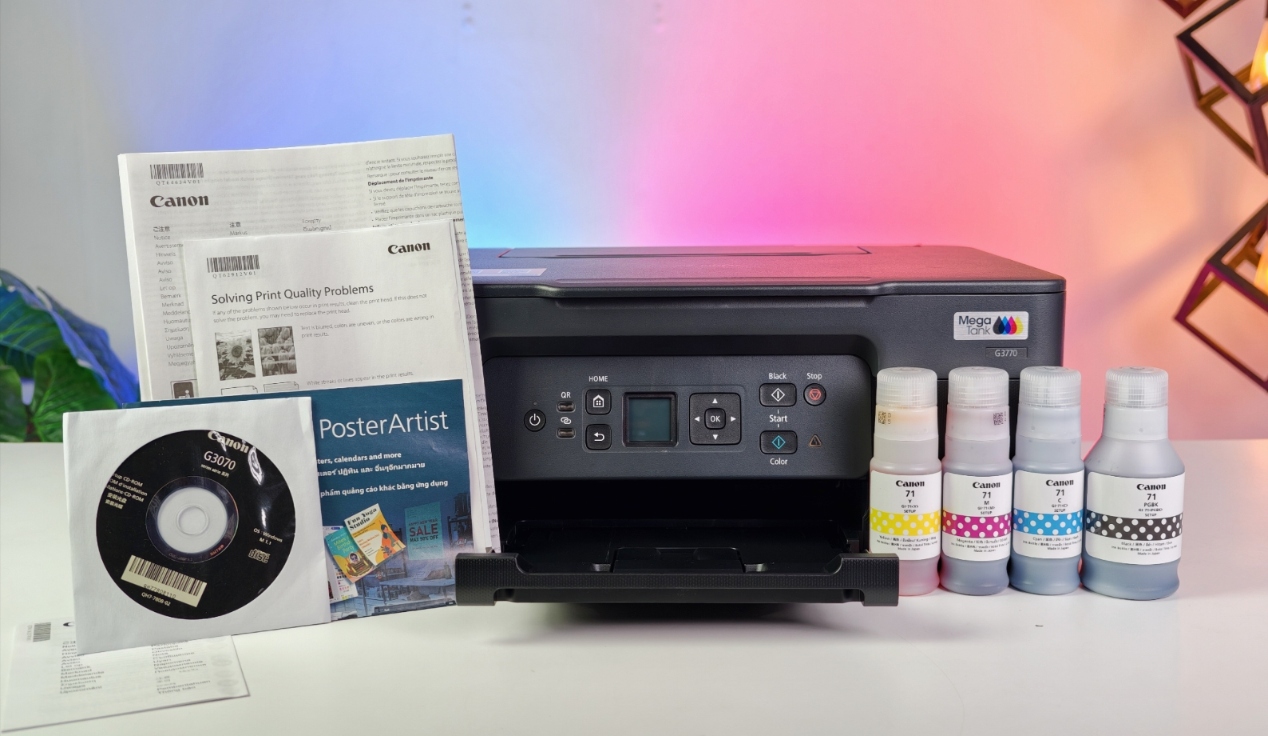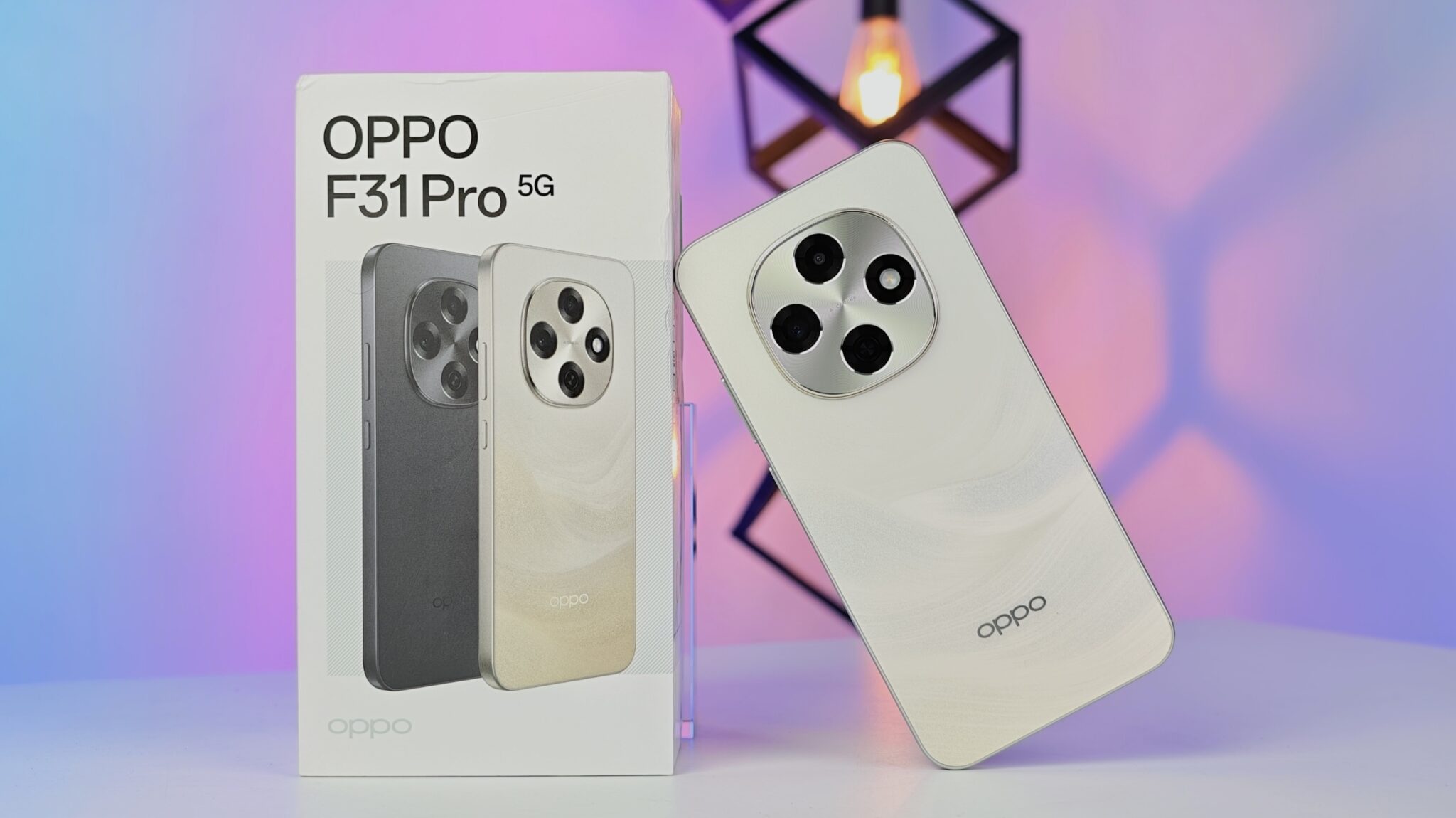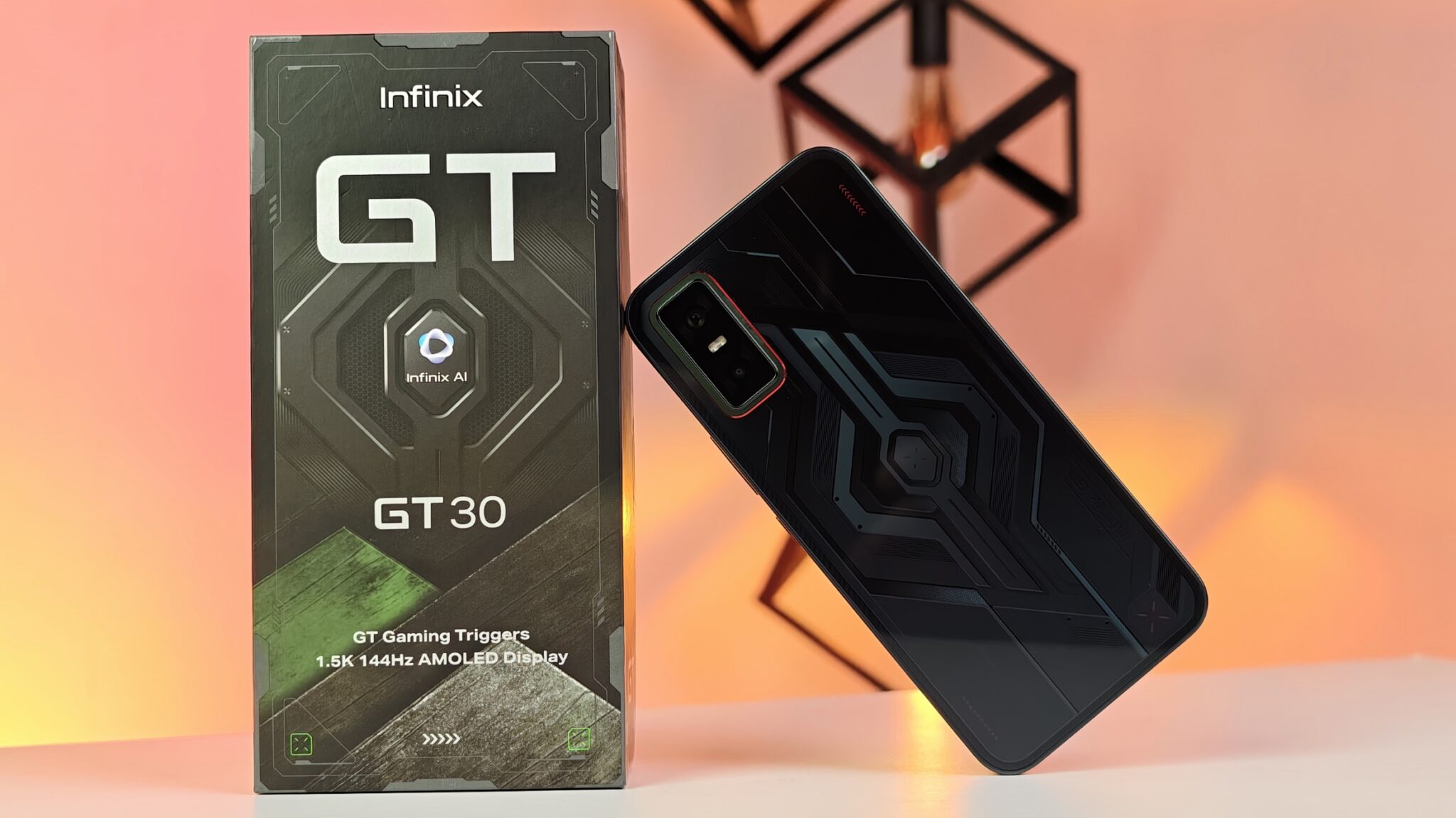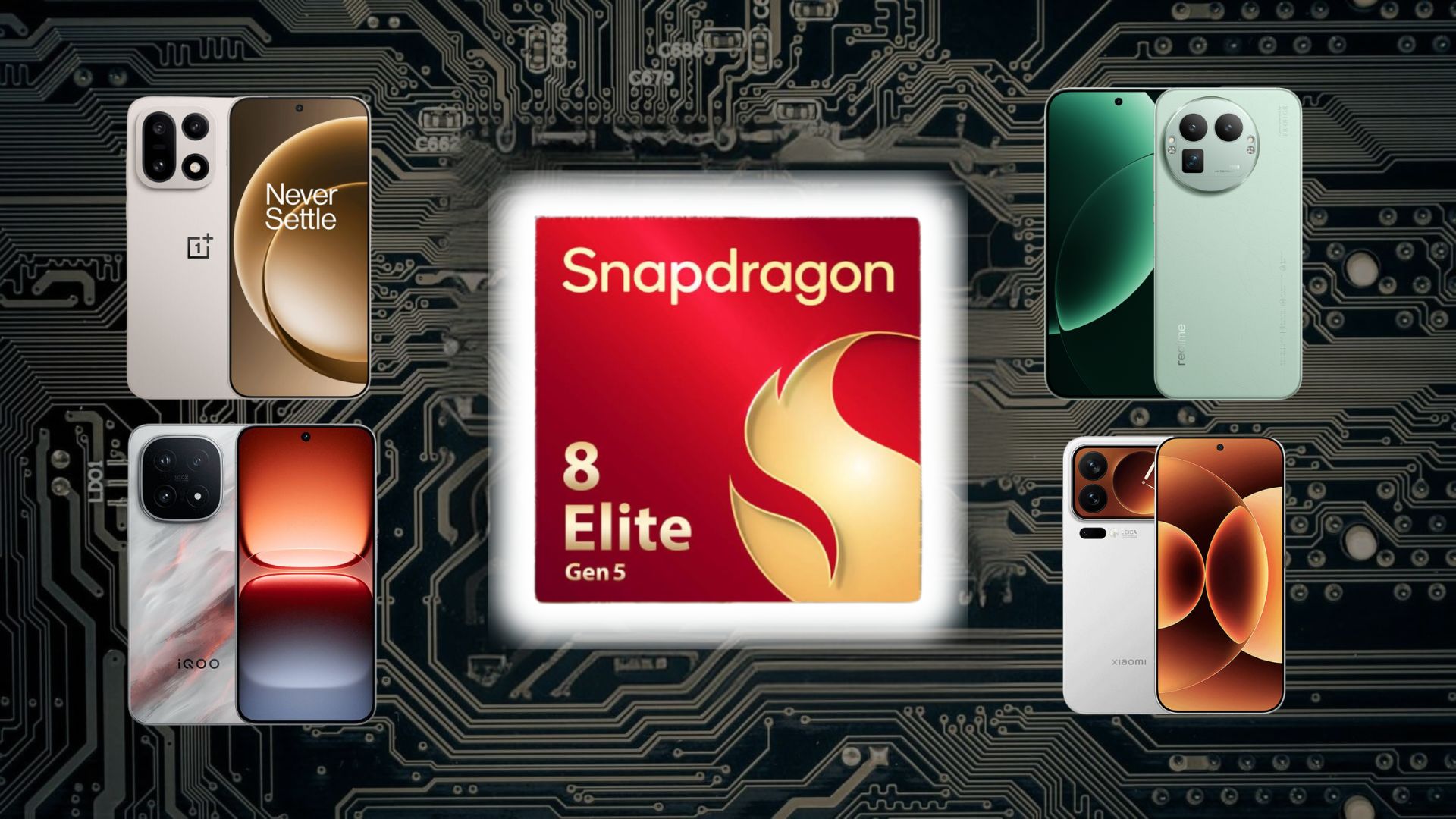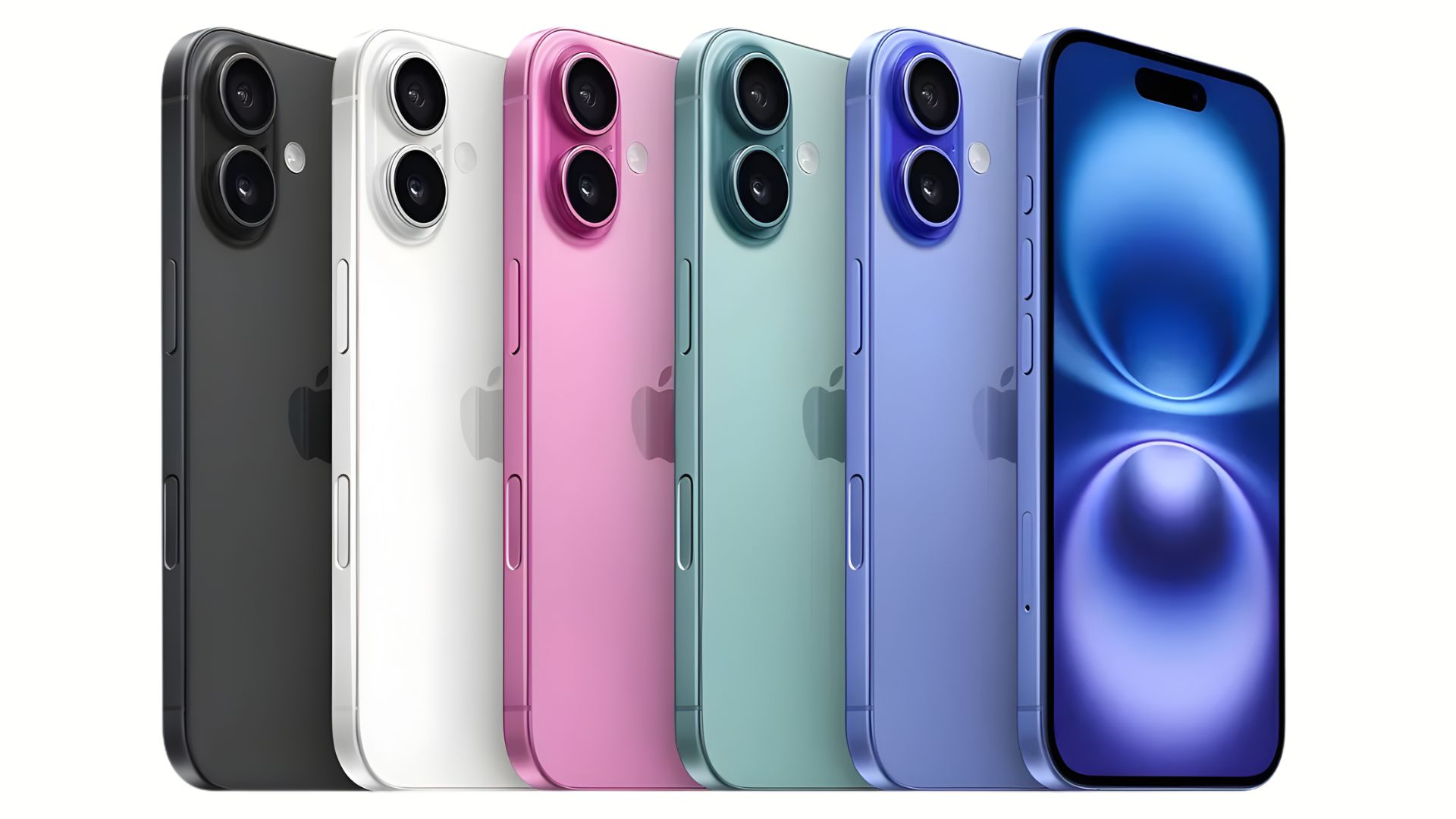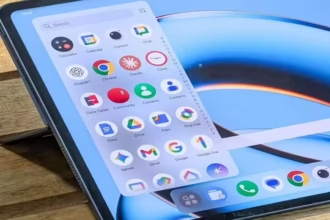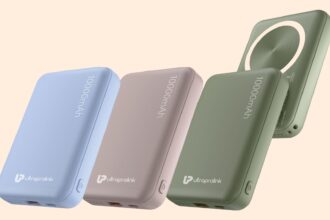OnePlus has just pulled the curtain back on two new additions to its growing device ecosystem: the OnePlus 13s and the OnePlus Pad 3. Unveiled on June 5, 2025, these devices are clearly engineered with a sharp focus on performance, seamless connectivity, and—most notably—integrated AI features. Whether they truly transform your digital life depends on your needs, but they certainly aim to.
The OnePlus 13s: A Compact Powerhouse
Let’s start with the OnePlus 13s. Under the hood, it packs Qualcomm’s Snapdragon 8 Elite Mobile Platform—designed to handle demanding tasks without killing your battery. The Oryon CPU in this chipset plays a big part in that efficiency. Then there’s the battery: a 5,850mAh single-cell graphite unit that supports 80W SUPERVOOC charging. It’s the kind of setup that can keep you going all day, even if you’re a power user.
OnePlus didn’t ignore heat management either. The phone uses a cooling layer and a 4400mm² vapor chamber in what they call an “S-structure” design. That might sound fancy, but practically, it means the phone stays cooler without getting bulky. Connectivity also gets a boost, thanks to India-ready 5.5G support, a 360-degree antenna system with 11 antennas, and a dedicated G1 Wi-Fi chipset. Add the Smart Link System into the mix, and network reliability starts to feel like less of a gamble.
Now, the AI features are where the OnePlus 13s really tries to stand out. There’s an AI Call Assistant that can summarize conversations and translate them in multiple languages. AI VoiceScribe does something similar but extends it to apps like WhatsApp and Zoom. One subtle yet intriguing addition is the Plus Key—think of it as a reimagined Alert Slider. It’s customizable for shortcuts like turning on the flashlight or starting a voice recording, and it also activates Plus Mind, OnePlus’ take on AI-driven content management. It’s not fully fleshed out yet, but they plan to add smart categorization later.
Photography gets its due attention too. The 13s comes with a triple-camera setup: a 50MP main, a 50MP telephoto with 2x optical zoom, and a 32MP front camera, all with autofocus. Tools like AI Reframe and AI Best Face 2.0 promise better compositions and group shots, and 4K Dolby Vision support adds some cinematic flair to your videos.
Color options are, interestingly, more than just aesthetic choices. Green Silk is an India-exclusive shade symbolizing growth. Black Velvet offers a classic, understated look. And Pink Satin? It’s inspired by Sakura blossoms—OnePlus says it’s meant to convey warmth and creativity. The Satin and Silk finishes use Velvet Glass Technology for a pleasing, smooth touch.
Pricing in India starts at ₹54,999 for the 12GB RAM + 256GB storage version. If you want more space, the 512GB model costs ₹59,999. Pre-orders for the smaller model began on June 5, while the larger one hits shelves from June 12. There are also a few sweeteners: instant SBI Credit Card discounts, exchange bonuses, and no-cost EMI plans.
The OnePlus Pad 3: Redefining Tablet Productivity
Moving on to the OnePlus Pad 3, the device aims to reshape what we expect from an Android tablet. It’s thin (under 6mm), light, and available in two colors: Storm Blue and Frosted Silver. The 13.2-inch display supports a 3.4K resolution, 12-bit color, and a sharp 315 PPI. The 7:5 aspect ratio may seem unusual, but it actually makes multitasking feel a bit more intuitive. Plus, the adaptive refresh rate goes all the way up to 144Hz.
It’s powered by the same Snapdragon 8 Elite chipset found in the 13s, and it comes in either 12GB RAM + 256GB storage or 16GB RAM + 512GB storage. Battery life? You get a massive 12,140mAh cell with the same 80W SUPERVOOC charging, which promises a full charge in about 92 minutes.
OxygenOS 15, built on Android 15, brings an array of AI features to the table. AI Writer and AI Summarize are productivity tools that help with writing and document handling, while creative options include photo editing and integrations with Google’s Gemini and Circle to Search. The upgraded Open Canvas multitasking feature is a standout—it now includes drag and drop and split-screen suggestions. So, if you’re juggling a group chat and Maps, the Pad 3 might just suggest splitting the screen.
Sound hasn’t been overlooked either. The eight-speaker setup, paired with Holo Audio for spatial effects, offers a surprisingly rich audio experience. Camera-wise, the Pad 3 sports a 13MP rear and an 8MP front camera—serviceable, though probably not your go-to for serious photography.
As for pricing: in the US, the 12GB + 256GB model comes in at $699.99. In Europe, the higher-end 16GB + 512GB version is priced at €699, with a promo price of €599 that often includes accessories like the Smart Keyboard or Folio Case. Shipments in Europe and North America are set to begin July 2. Unfortunately, there’s no word yet on when the Pad 3 will hit the Indian market.
Taken together, the OnePlus 13s and Pad 3 represent a significant push by OnePlus to create a more connected and AI-enhanced ecosystem. Whether they truly transform your digital life? That might come down to how much you value smart integration and AI tools in your daily routine.


